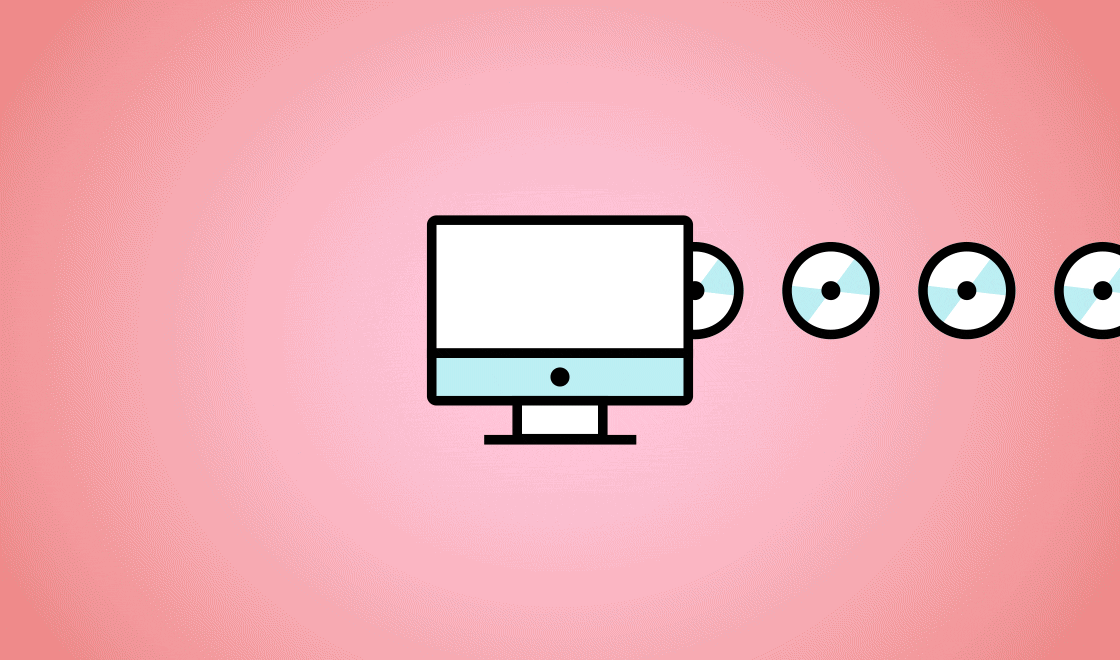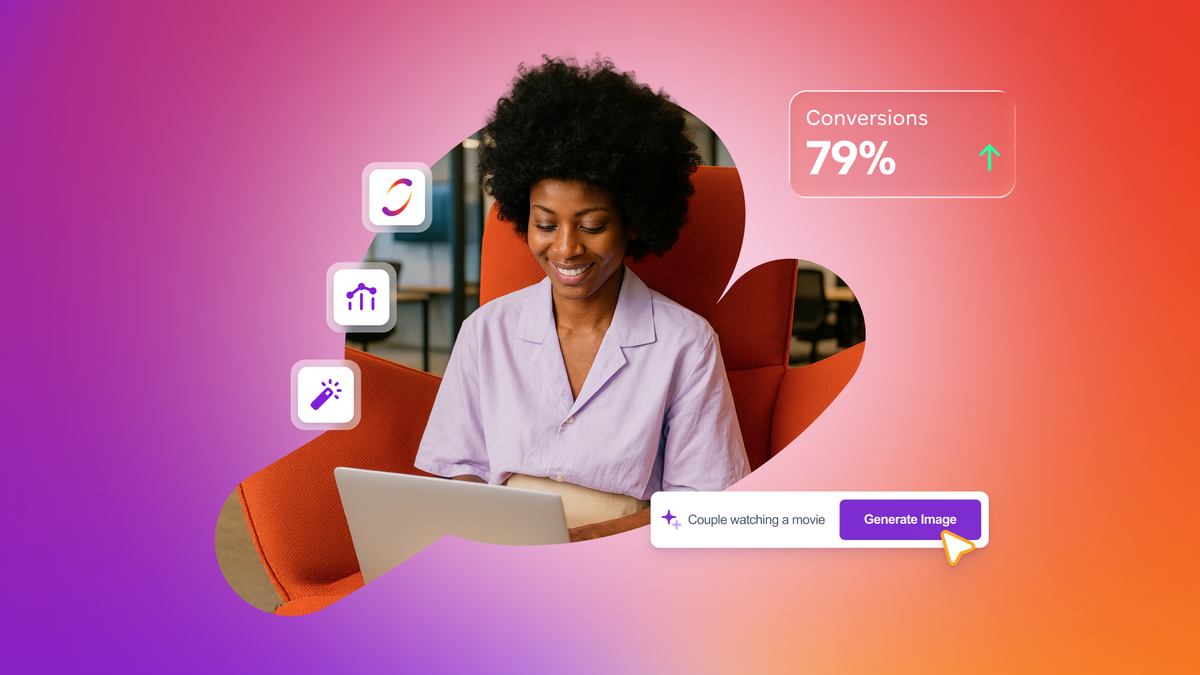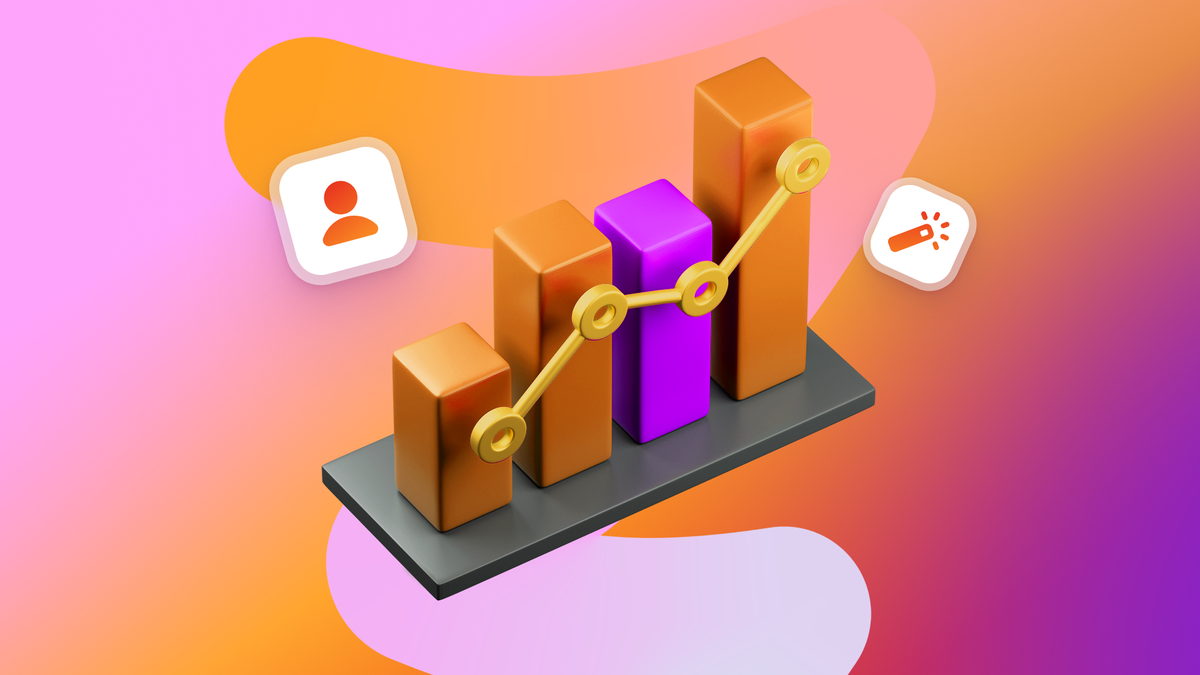What's a SaaS Integration?
Published on May 10, 2019/Last edited on May 10, 2019/8 min read


Jackie Franklin & Namkyu Oh
Solutions Consultants at BrazeDo you know how many different softwares make up your marketing tech stack? You’ve probably got one for analytics, one for attribution, one for customer engagement, and maybe some for data governance or visualization, too. Or maybe you’re using one of those legacy one-stop-shop marketing solutions. Now, imagine that every time you implemented a new software—and that means anytime anyone from your larger team implemented a new software, and every time any of those softwares had a new update or a new product feature—you had to install it into your system with a physical CD (you remember those, right?) or, better yet, have a representative from that software company come in to aid the install.
Not long ago, this was our reality. Software was rooted in hardware. Everything was on-premise, tied to a physical location (forget about being able to access your software when you’re on a business trip), clouds were just a part of the precipitation cycle, and no one in a blazer and jeans ever came into your office for multiple meetings touting a new shiny keynote presentation. How did we move away from this reality? Well, some advancements in technology helped; namely, the SaaS integration.
Can you tell me more about SaaS? Like, maybe what “SaaS” actually means?
Let’s start with the basics. SaaS (pronounced like the word “sass”) stands for “software as a service.” In a nutshell, it means that some other business, separate from your own, builds and maintains a software solution that you utilize to help scale and grow your business.
SaaS platforms can literally be anything from Google Docs to Zoom to a complex CRM system, and—most likely—you’ve had some level of experience with at least one. If you’re on a Finance or Revenue Operations team, this could be a tool with dashboards and visualizations connected to a main database that understands quarterly business goals. If you’re on a Marketing team, your SaaS platform could be the tool you leverage to send out and test your lifecycle engagement. It is a broad terminology describing a subscription-based business model that has proliferated across the tech industry.
Ok, I’m catching on...what’s the integration software piece, then?
It may be helpful to take a step back and think about where SaaS platforms fit in the larger picture of things. Before there were vendor solutions and third-party platforms with billboards lining the 280 into San Francisco, businesses predominantly used tools that required hardware, were mostly on-premise (yes, some black box in your office), and that were often developed in-house. These qualities were effective during the early ages of corporate computing, but over the last few decades, the limitations of these legacy approaches to scaling businesses are why SaaS platforms and solutions have become appealing and integral to a successful business. What do these legacy type solutions look like? Think about that in-house platform your engineers made years ago for creating segments of users—you know, the one with the clunky UI (sorry!)—or that desktop machine with work files that you can only access from 9am to 5pm. These are examples of legacy type solutions.
What does a SaaS integration actually entail?
That will vary based on the complexity of the product. For example, the Google suite (docs, sheets, slides) is technically SaaS, and all you have to do is log in to your account to use it; it exists online. When you think about software for project management (Asana, Basecamp), conference calls (Skype, Zoom), or collaboration (Slack) those can also be pretty low-lift, but will sometimes require or at least recommend that you download an app onto your device for full functionality.
But as the software systems get more complex, their initial integration can get a little more complex, too. For example, Braze is a SaaS platform specializing in customer engagement. To integrate our software, you need to install our SDK (software development kit) into your systems and applications. What that essentially means is that Braze needs to write some lines of code into your overall code base to power functionalities that are essential essential to power things like push notifications. If you’re reading this and thinking that writing code into your system sounds like way too big an ordeal...remember that SaaS companies’ entire business models are built on their ability to effectively integrate into their clients’ systems. It should be a one-time integration, and any SaaS platform worth its salt should have a simple, quick, and painless integration process down to a science.
Can’t companies just build their own solutions?
In short, the answer is yes. And many choose to do so. It’s the classic build vs. buy conundrum. But, there are a number of reasons why businesses, especially those driven by technology, have shifted their set of solutions and approaches to problems to third-party tools. Here are a few of those reasons:
1. Engineering and Information Technology Infrastructure
As opposed to the on-premise, hardware-driven tools of the past, SaaS platforms are largely cloud-based and can be accessed anywhere with an Internet connection. Your team never has to worry about maintaining servers to support these tools, nor does it have to even consider what iteration and improvement looks like (we’ll touch on this more soon). SaaS platforms are now the ones incentivized to take care of these considerations so that you don’t have to.
2. Time to Value & Resources
Building an in-house solution is costly: in time, resources, and people. When you choose to purchase a solution rather than building one, you can ultimately save on all three. Your business can focus on leveraging its personnel to continue building towards positive business outcomes without having to sink costs into developing the tools that get you there. For example, if you are a video streaming brand and are looking to solve for a customer engagement issue, creating an in-house solution would mean taking your engineering resources away from your streaming product and having them spend months (even years 😭—yes, we’ve seen it) on some email platform they never signed up to create.
3. Iteration & Innovation
If you thought that building a tech solution took up a lot of time and resources, think about this: that cost doesn’t end once you’ve built the product. Instead, building your own solution creates a stream of work in order to maintain, iterate, and improve upon that in-house product as the market evolves. And, these days, the tech giants of the world aren’t exactly making it easy for companies to keep up. Think about how the most recent mobile OS versions from Apple and Google changed the way that marketers are allowed to talk to consumers. Not to mention the increasing focus on data privacy and security with legislation like the EU’s General Data Protection Regulation (GDPR), which often involve major changes to your technology. When you’re using a third-party solution, adapting your technology to these types of changes and requirements can be as simple as clicking a button rather than pulling your engineers away from your core product (again and again) to address those changes.
Another benefit of moving to a SaaS platform is the fact that you can expect the performance and value of these products to be significantly greater, as an entire company’s time and resources are invested in its success. Not only are these companies are working on making their products better, but they are also focused on developing easier ways for their products and platforms to play and integrate with others. In these instances, SaaS platforms are appealing because they help remove significant blockers that would make scaling difficult, and they do so at a cost that doesn’t hinder progress.
4. Playing Nice with Others
Cost, in terms of both infrastructure and people, is definitely a common reason why businesses consider moving away from their previous solutions and towards SaaS platforms. However, what determines which they choose is largely based around performance and flexibility. With so many SaaS vendors out there, a network of connected partners has developed, allowing your business to not only receive value from an individual solution, but to also create return on investment from the way different solutions in your ecosystem interact with one another in concert. For example, at Braze, we have built a whole network of technically compatible partners (check out Braze Alloys here)—all of them SaaS vendors—in the Attribution, Analytics, CDP, and Data Warehousing spaces and beyond, because we understand that our value as an engagement platform is determined by not only our ability to send personalized messages at scale, but to integrate and send engagement data throughout the business where it can further utilized. This kind of data portability can be hard to come by if you’re working with traditional, device-based software.
Anything else?
At the end of the day, when you explore the possibility of using a SaaS integration, it’s important to consider your options. Choosing to integrate a SaaS product into your system certainly has its advantages. It frees up your engineering teams to work on your actual product and user experience. It means having the latest iteration of a product, ready for all the changes GAFA and legislation can throw your way at all times. Truth is, a lot of companies choose to do some combination of building and buying—that is, they will purchase a SaaS integration for one purpose, but choose to build in-house for another. The range of SaaS vendors out there give companies the freedom to make these decisions with full confidence that they’re using the best tools possible to meet their goals and needs.
Related Tags
Releated Content
View the Blog
Are you AI-savvy enough to survive? A wake-up call for CMOs

Team Braze

What are contextual bandits? The AI behind smarter, real-time personalization

Team Braze

What is a multi-armed bandit? Smarter experimentation for real-time marketing
